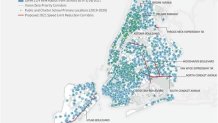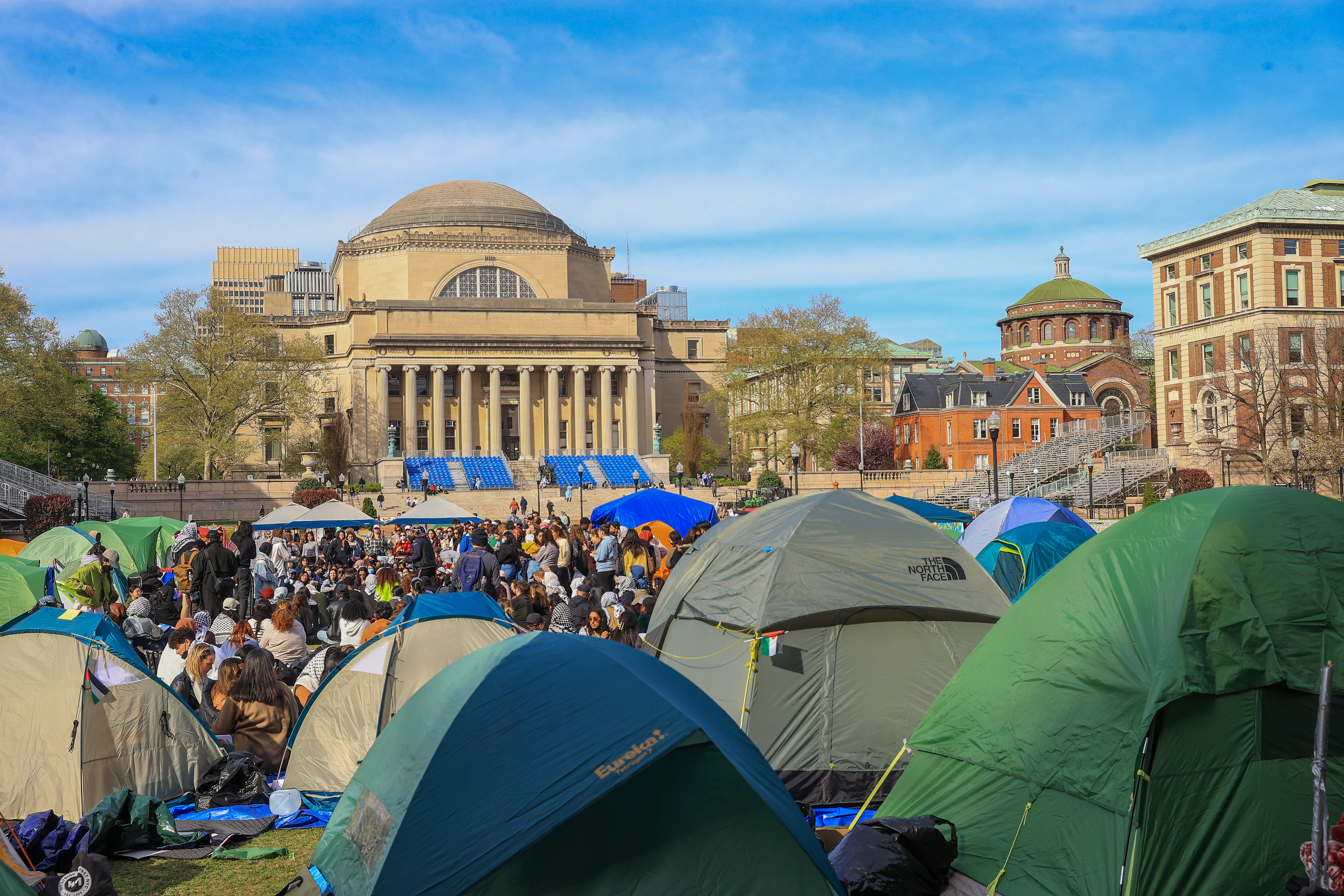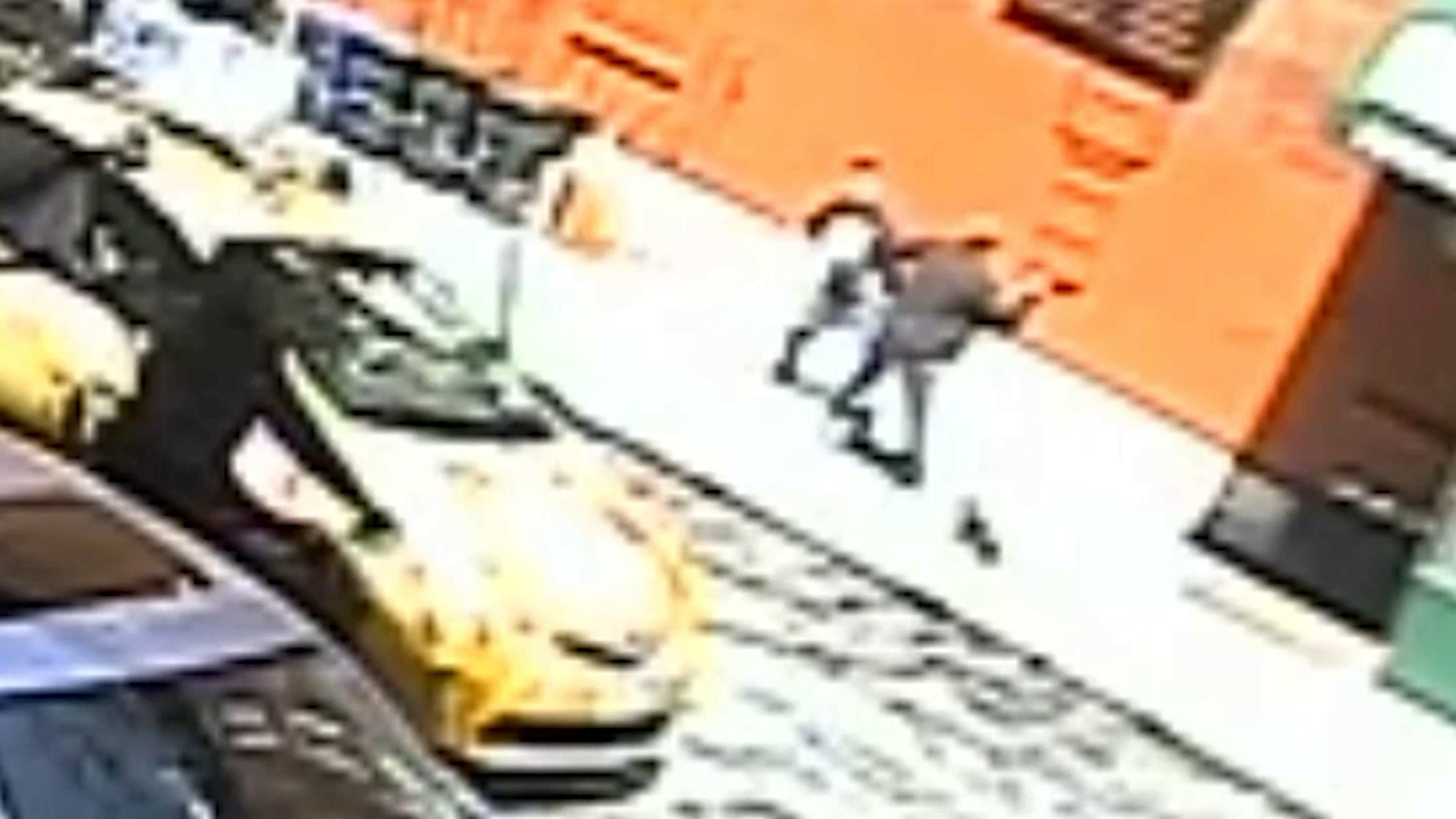Speed limits will be lowered on 45 miles of major streets with some the highest rates of crashes across Brooklyn, Queens, the Bronx, and Staten Island, Mayor Bill de Blasio announced Monday.
“Vision Zero has revolutionized traffic safety action in New York City and beyond, but its work isn’t finished until every New Yorker is safe on the streets. Telling drivers to slow down – and working closely with the NYPD to hold dangerous drivers accountable – will save lives and make our city safer,” de Blasio said in a statement.
As part of the speeding crackdown, the NYPD will conduct a weeklong pedestrian and cyclist safety enforcement across all 77 patrol precincts, to find drivers who speed and fail to yield to pedestrians and cyclists. The safety operation will take place Monday, May 10 through Sunday, May 16.
Meanwhile, during the same week the NYPD Highway Patrol will focus enforcement efforts on high-crash highways to catch speeding. The Traffic Enforcement District will focus its high-volume enforcement on vehicles that are obstructing bike lanes while parked.
Get Tri-state area news and weather forecasts to your inbox. Sign up for NBC New York newsletters.
These initiatives kick off Streets Week!, a suite of transportation, traffic safety, and open space policy announcements to double down on the Vision Zero program.
Last year, the city's Department of Transportation lowered speed limits by 5 mph on 11 streets citywide, totaling about 25 miles. The newly targeted streets this year in Queens, Brooklyn, The Bronx, and Staten Island, which total around 45 miles, are:
BRONX
- Pelham Parkway from White Plains Road to Stillwell Avenue, 1.6 miles (30 MPH to 25 MPH)
- Throggs Neck Expressway Service Road N/S from Longstreet Avenue to Sampson Avenue/Ellsworth Avenue, 1.5 miles (30 MPH to 25 MPH)
- Jerome Avenue from Bainbridge Avenue to East 233rd Street, 0.6 miles (30 MPH to 25 MPH)
QUEENS
- Woodhaven Boulevard from Queens Boulevard to Rockaway Boulevard, 4.3 miles (30 MPH to 25 MPH)
- Cross Bay Boulevard from Rockaway Boulevard to the Cross Bay North Boulevard Bridge, 2.5 miles (30/40 MPH to 25/35 MPH)
- Van Wyck Service Road E/W from 135th Avenue to Queens Boulevard, 3.1 miles (30 MPH to 25 MPH)
- Astoria Boulevard from 111th Street to 8th Street, 3.9 miles (30 MPH to 25 MPH)
- South Conduit Avenue from Sutter Ave to Sunrise Highway, 5.3 miles (35 MPH to 30 MPH)
- North Conduit Avenue from Sutter Ave to Sunrise Highway, 6.6 miles (35 MPH to 30 MPH)
BROOKLYN
- Conduit Boulevard from Atlantic Avenue to Sutter Ave, 1.9 miles (35 MPH to 30 MPH)
STATEN ISLAND
- Hylan Boulevard from Bay Street to Massachusetts Street, 13.5 miles (30/35/40 MPH to 30 MPH)
New speed limits will go into effect as speed-limit signage is posted over the coming weeks. According to the city, the speed cameras located along these streets will be reprogrammed and drivers will be given a 60-day adjustment period after new signage is posted.
De Blasio has previously called for various changes to be made in the state level to assist in combating reckless and speeding drivers. His calls for change were revitalized following the death of NYPD Officer Anastasios Tsakos, who was killed while on duty by a woman who was allegedly drunk driving.
News
Last week, the mayor called on the State Legislature to pass the Crash Victim Rights and Safety Act, a series of bills designed to take aggressive action against dangerous driving and support the families of crash victims by outlining rights for traffic crash victims, lowering the blood alcohol concentration limit, demanding DMV pre-licensing courses and the use 24/7 operation of speed cameras, among many other safety initiatives.
“New York City will do its part. Now, it’s time for Albany to pass the Crash Victim Rights and Safety Act and join us in acting boldly to protect pedestrians and cyclists," de Blasio said.
In December 2020, de Blasio proposed expanding the State law that governs the hours during which speed cameras are operational. Under the current law, cameras are limited to operate from 6 a.m. to 10 p.m. on weekdays. The proposal would make cameras operational 24 hours a day, seven days a week.
According to the city, an analysis of 2020 fatal crashes shows that 36% of all traffic deaths occurred within school speed zones where permanent cameras are located, but happened during hours when the automated enforcement cameras were not legally allowed to issue summonses. For the first time, the Department of Transportation also released a Citywide map (below) showing the locations of the 750 school zones with fixed automatic speed cameras – the largest speed camera program in the world.
Over 1,300 speed cameras are now active citywide. The DOT plans to have 2,000 active cameras by the end of 2021.




